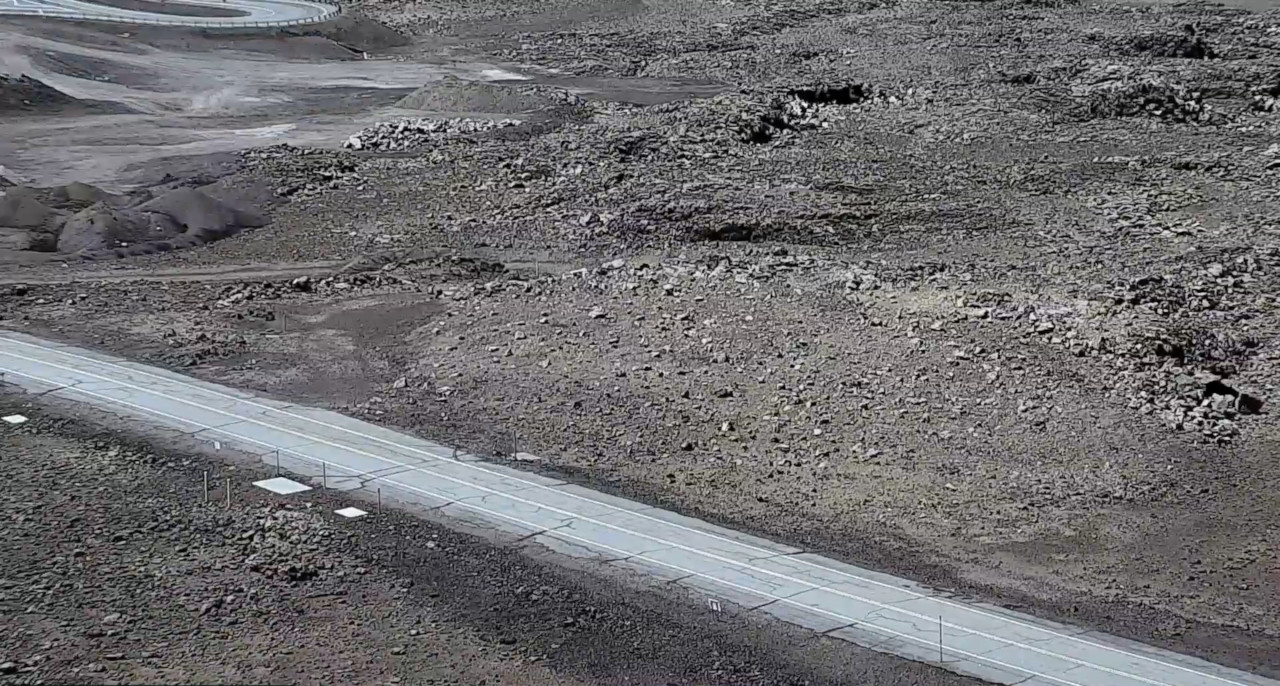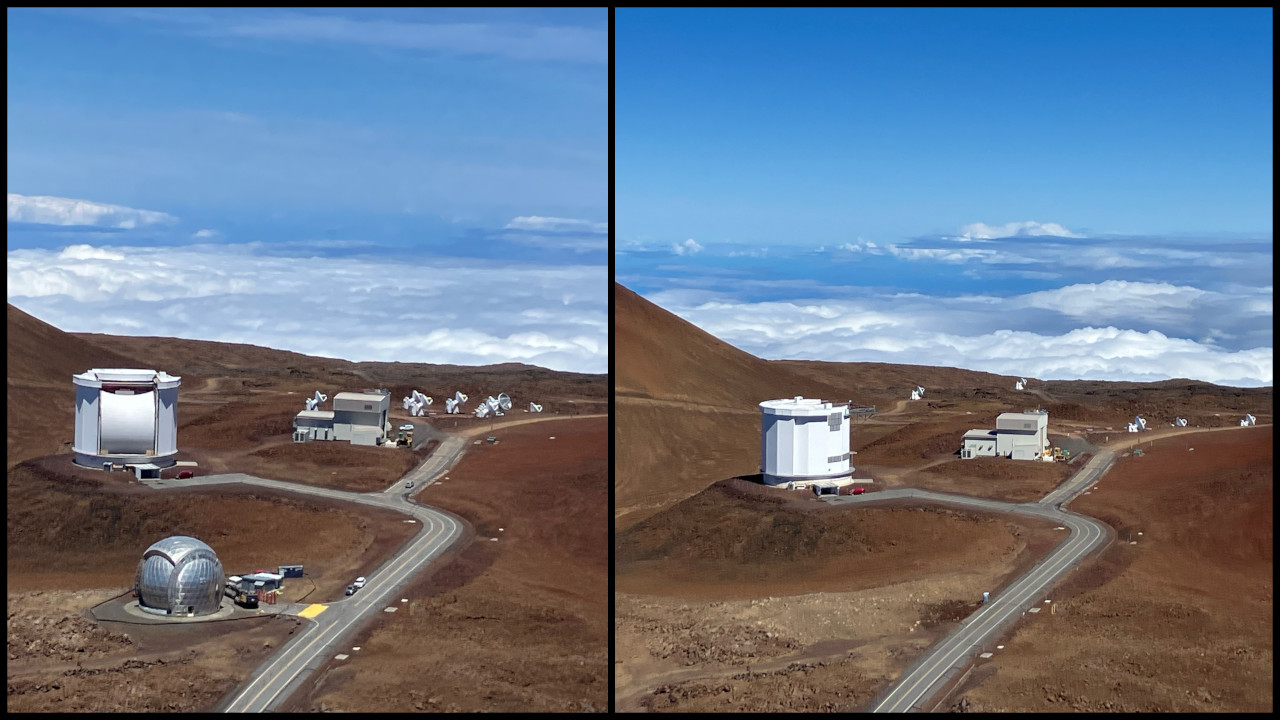(BIVN) – The physical decommissioning of the Caltech Submillimeter Observatory from Maunakea on Hawaiʻi island is complete.
All buildings on the site have been removed, the foundation demolished, and active restoration of the site was undertaken in accordance with approved plans and permits, a Caltech news release stated. The telescope was removed last fall.
The site will be now be monitored for three years “to document passive natural repopulation by summit flora and fauna and the results reported,” as required under the approved decommissioning process.
From the news release:
“The physical site decommissioning was undertaken with great care by our prime deconstruction contractor, with constant oversight by local cultural, archeological, environmental, and construction monitors as well as the Center for Maunakea Stewardship (CMS),” said Caltech physics professor and CSO Director Sunil Golwala.
As part of the decommissioning process, environmental contractors worked with the deconstruction contractor to remove lead-based paint and mold prior to and during the deconstruction. “Additionally, an environmental consultant conducted exhaustive testing for chemical contaminants in the soil under the foundation and cesspool. The samples were found to be below Hawai’i Department of Health’s unrestricted land use Tier 1 environmental action levels,” said Golwala.
“In consultation with CMS and their community advisory groups, the site has been graded to match the look and feel of the surrounding mauna, consistent with our decommissioning permit,” said Golwala. A few remaining administrative tasks to close out the decommissioning project will be completed this summer: submission of a Phase II Environmental Site Assessment, a payment to a fund for future shared infrastructure removal, and termination of Caltech’s sublease from UH. The site will be monitored for three years to document passive natural repopulation by summit flora and fauna and the results reported.

CSO: “Equipment demobilization and active site restoration complete”. (image courtesy National Astronomical Observatory of Japan)
Decommissioning Timeline
The decommissioning of the CSO has been in the works for many years. In 2009, Caltech announced its intention to close the CSO. The telescope ceased operations at the end of 2015. Following a set of cultural, archeological, biological, hydrogeological, and topographical surveys, Caltech and its consultants prepared an extensive Site Decommissioning Plan (SDP). The SDP was reviewed by numerous stakeholders, including CMS, its Environment Committee, Kahu Ku Mauna, a Decommissioning Design Review Committee convened specifically for CSO, and the Maunakea Management Board. An Environmental Assessment (EA) was also prepared, including solicitation of public comments. The EA concluded that the decommissioning would have no significant negative environmental impact and would have positive impacts. Caltech applied to the State of Hawai’i Department of Land and Natural Resources for a Conservation District Use Permit for decommissioning, which was approved by the Department’s Board in January 2022. Decommissioning commenced in fall of 2022 with abatement of hazardous materials, continued in 2023 with telescope removal and internal demolition, and finished in the spring and summer of 2024 with physical deconstruction and site restoration. During the process, status updates were provided to the public, the Maunakea Management Board, UH Board of Regents, and the newly constituted Maunakea Stewardship and Oversight Authority.
“Caltech thanks the people of Hawai’i for the opportunity to explore the universe from the CSO on Maunakea. It has been an honor to continue our relationship with the mauna and its people through this decommissioning effort,” Golwala said.
“We appreciate the collaboration and support of our many partners, including the various oversight authorities and firms with whom we worked to plan and undertake this effort,” said Golwala. “This was a multifaceted and complex undertaking that benefitted from their expertise and we are proud of what we have been able to accomplish together.”
From the start of the planning process to the present, more than $6 million was invested in the decommissioning of CSO and the restoration of the site. This amount comprises both the prime deconstruction contract and contracts with many additional local firms for the surveys, hazardous materials abatement, and for cultural, archeological, environmental, and construction monitoring. The Gordon and Betty Moore Foundation and Caltech provided funds for the decommissioning. The Heising-Simons Foundation provided support for the removal of the telescope for reuse in Chile. Information on the future of the telescope can be found here.
The CSO began science observations in 1987. Scientists at Caltech and other institutions, including almost 200 predoctoral students and postdoctoral researchers, used the CSO to open a new submillimeter window on the universe. A summary of CSO’s contributions to astronomy and astronomical instrumentation are available here.


by Big Island Video News7:10 am
on at
STORY SUMMARY
MAUNAKEA, Hawaiʻi - Although the physical decommissioning of the Caltech Submillimeter Observatory has been completed, the site will still be monitored for three years.